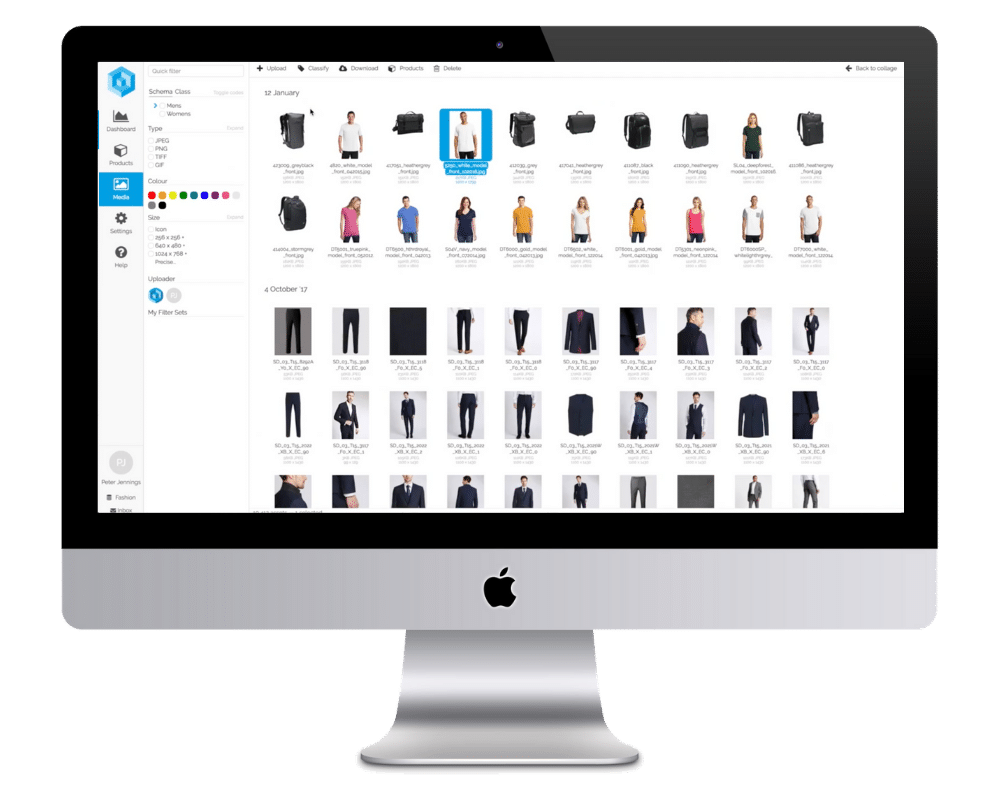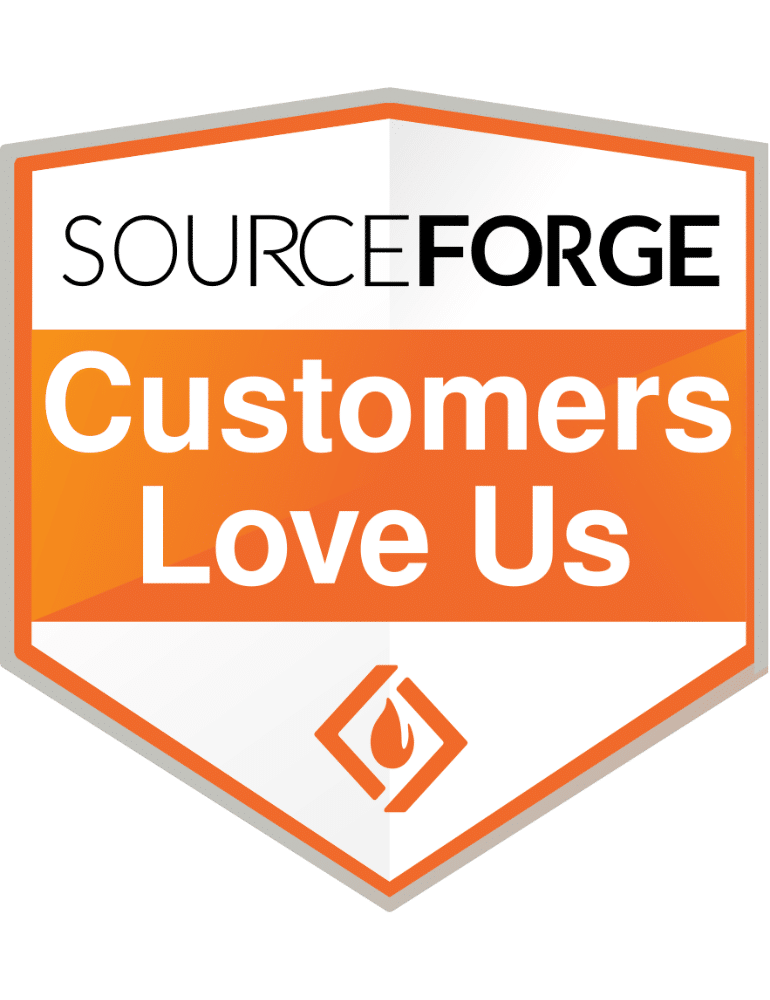I spent the first few years of my career as a travel agent, and now, in my role at Pimberly, I’m back in the travel world — but from a very different angle. This time it’s not about booking holidays for customers, but about helping travel companies make better use of their product information.
What I’ve learned from working with clients like Scott Dunn, Flight Centre, and Envoyage is that product data is one of the biggest challenges travel businesses face today. Prices and availability change so quickly, content has to stay consistent, and multiple teams all need to work from the same source of truth.
And more recently, I’ve seen a real shift. Interest in Product Information Management (PIM) has grown sharply among travel businesses. They’re starting to see that the same tools retailers and manufacturers use to manage complex product data can transform the way holidays, flights, and packages are managed too. That momentum is why product information management is really taking off in travel.
“Travel products are uniquely fast-moving and complicated. Rates, availability, and terms change daily — sometimes hourly — and customers expect every channel to be accurate in real time.”
The Pace and Complexity of Travel Product Data
Travel products are uniquely fast-moving and complicated. Rates, availability, and terms change daily — sometimes hourly. A package might be available in the morning and gone by the afternoon, and customers expect every channel to be accurate in real time. Unlike industries such as construction, where products are static and data rarely changes, travel demands constant updates.
This is when I talk to clients about how Pimberly’s workflows and lifecycles help them keep up without losing control. Updates move automatically through enrichment and approval, involving the right people at the right time. The result is product data that flows quickly but still gets checked before it goes live.
Complexity adds another layer. Travel products are rarely one thing — they’re bundles of accommodation, flights, transfers, and excursions. Then you add seasons, packages, and market variations, and a single trip multiplies into hundreds of records. Manual processes like spreadsheets or email chains simply don’t scale. Pimberly addresses this by modelling dependencies centrally, so one master record flexes across brands, markets, and seasons. That helps travel companies cut duplication and manage complexity more efficiently.
Too Many Sources, Too Little Control
Another big challenge is the sheer number of data sources. Operators, DMCs (Destination Management Companies), GDSs (Global Distribution Systems like Amadeus or Sabre), and hotel partners all provide information — but never in the same format. Teams spend hours wrestling with spreadsheets, PDFs, and feeds just to make sense of it. Errors and inconsistencies are almost inevitable.
I often explain how Pimberly’s import automation and Vendor Portal turn this mess into something manageable. Transformation rules clean and reformat supplier inputs, while the Vendor Portal gives travel companies a standardised way to capture content. Instead of adjusting to each supplier, businesses set the rules themselves and know that every piece of data enters the system clean and ready to enrich.
Aligning People and Content
It isn’t just the data itself that causes friction — the people working with it do too. Operations teams want accuracy and structure, while marketing teams need rich descriptions and compelling imagery to sell the experience. Without a central system, those priorities clash, and it’s easy for one team’s updates to overwrite the other’s.
This is why I talk to travel companies about creating a single source of truth within Pimberly. Both marketing and ops can work on the same data set, while workflows make sure content passes through the right checks before publishing. It keeps teams aligned and reduces duplication.
Imagery is another major sticking point. Travel is visual by nature – I know that when I’m booking my next summer break, I want to get a real sense of where I’m staying, down to what the pool looks like! But for travel companies, managing image and video rights, expiry dates, and file versions is exhausting at scale.
Here, Pimberly’s integrated DAM makes a visible difference. Assets live directly alongside the product record, rights are tracked automatically, and renditions are created for each channel. Clients often tell me this is one of the first features where they immediately see the value — it removes hours of manual rework and makes sure the visuals match the data everywhere they’re used.
Reducing Risk, Gaining Confidence
Some details in travel carry more risk than others. Cancellation terms, transfer details, seasonal availability, and pricing are the ones that come up most often in conversations I have with clients. Mistakes in these areas don’t just frustrate customers — they can lead to reputational damage and lost revenue.
Pimberly addresses this with validation rules and approval workflows. Sensitive information can’t go live until it’s checked and signed off, which gives travel companies the reassurance that they’re not exposing themselves to unnecessary risk.
The global nature of travel multiplies that complexity. Selling holidays across markets means juggling multiple languages, currencies, and brand structures. A room type might be described one way by one hotel chain and something completely different in another (“Deluxe” and “Premium” can mean the same thing or something completely different).
When this comes up, I explain how Pimberly’s scopes bring consistency. Companies maintain a master attribute set while adapting it for each local market using scopes, with currencies and naming conventions flexing automatically. It’s a huge step towards building confidence in data accuracy worldwide.
And when dealing with so many different product types – flights, hotels, amenities, car rentals and so on – Pimberly’s taxonomy feature gives each of these its own attributes, keeping data clean and fit for purpose.

From Chaos to Clarity with Distribution and AI
Even once data is complete and approved, the job isn’t done — it still has to be distributed. Every channel, whether it’s OTAs, agents, or direct websites, demands content in its own format. When disruption happens, like sudden cancellations or policy changes, manually reformatting everything isn’t sustainable. Pimberly addresses this with channel templates and APIs, which let travel companies update once and push everywhere automatically in the correct schema.
AI is also becoming part of these conversations. Travel businesses are excited about its potential but wary of accuracy and governance. This is why Pimberly has integrated customisable AI with guardrails. Prompts are tied to the taxonomy, workflows still need human sign-off, and outputs remain controlled. On top of that, Pimbles — reusable prompts built into the platform — let companies scale common tasks like generating image alt text or enriching marketing descriptions, while keeping humans firmly in the loop.
Final Thoughts
Starting my career as a travel agent gave me first-hand experience of how much customers rely on accurate information when choosing a holiday. Now, working with travel companies on their product data, I see the scale of the challenge behind the scenes.
The pressure to keep content accurate, consistent, and fast-moving is intense — far more so than in industries with static product sets like construction. But by helping clients cut duplication, reduce errors, improve collaboration, and distribute data more effectively, I’ve seen the difference Pimberly can make.
For me, product data isn’t just a technical issue. It’s one of the most important enablers for travel companies to meet customer expectations and keep their promises.













